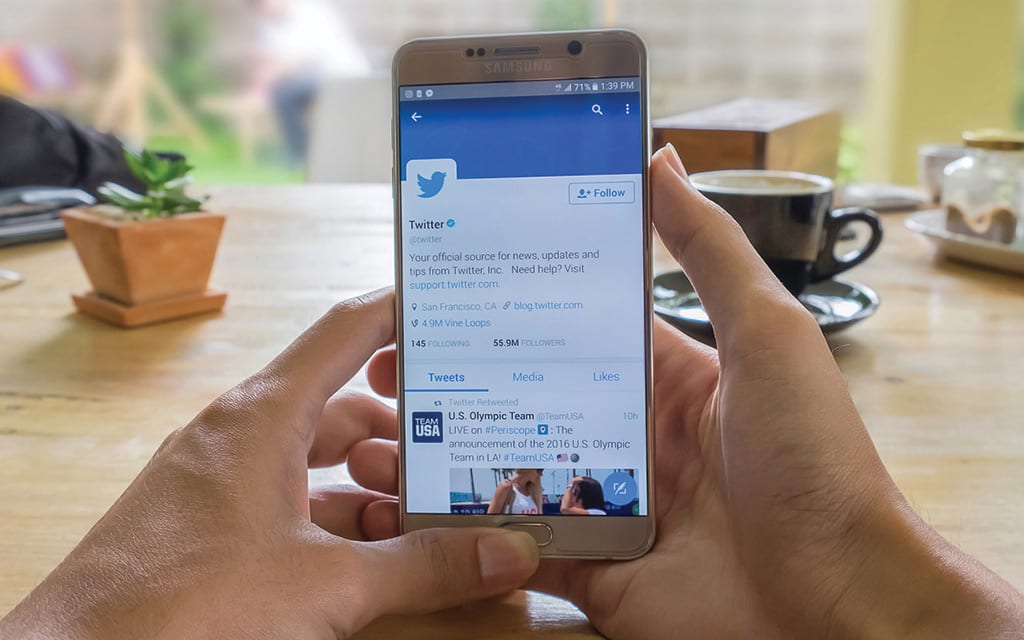Stop Talking About Yourself : Properly Engage
| By 1SDjT99ijj1 | 0 Comments

The next time your business is tempted by the sparkling ‘delete’ or ‘ignore’ button, remember these practices.
Have you ever listened to a 6 year-old tell a story?
After leaving work yesterday, I decided to spend some time with my 6 year-old niece, Makayla. I covered the typical Aunt topics as I asked her about her day and how school went. For adults, these questions are usually answered in a few quick sentences, followed politely with similarly asked questions to strike a bit of small talk. For a 6 year-old who has yet to fully comprehend pleasantry within everyday conversation, these questions came with lengthy answers.
I was quickly reminded that these were big questions as I listened to her description of her favorite teacher, what her teacher likes, how the girl behind her wasn’t listening well, how numbers are hard, that Mommy packed her a good snack, how she visited the school library, that the reading rug is soft, but not soft enough….you get the point. After about hearing all about Makayla’s day it hit me:
Conversations with young children are just like businesses that fail to properly engage across social media.
Just as young children have yet to become accustomed to the rules of conversation, businesses are failing to understand the rules of engagement via social media. Think about the content thrown at you, as a consumer, daily. From the constant posts of “try this product” or “check out this link,” it is easy to feel as if businesses are just talking at you rather than with you. Rather than allowing back and forth dialogue from business to consumer, businesses are attempting to tackle social media themselves by solely talking about themselves.
Businesses are failing to engage.
In my day to day work as a Marketing & Social Media Coordinator at Easton Advertising, Inc. much of my time is spent analyzing businesses in their use of social media engagement. As the issue of proper engagement continues to grow, we’ve developed an internal set of rules for engagement.
Always respond…always.
Perhaps the worst thing you can do for your brand is fail to respond to a comment or review across your business social media accounts. This can be something positive or negative; every engagement should be addressed. Often, the ability to simply delete or ignore a comment tempts businesses who don’t necessarily have the time or means to engage. It seems simple enough:
Don’t like the comment? Delete it.
Unsure of what to say back? Ignore it.
The comment is positive? No need to respond.
Unfortunately, these practices are wrong. Ignoring or deleting comments is quite possibly the worst choice of engagement or lack of. Businesses fail to realize the importance of addressing their audience. Regardless of whether comments are positive, negative, or simply statements, engaging with your audience humanizes your brand, shows acknowledgement, and gives a public example of how you interact with audience members. When posting to social media, the amount of viewers can be endless. With content constantly being shared back and forth, viewers have the ability to see post history, comments, reviews, or recent activity with just the touch of a button. The next time your business is tempted by the sparkling ‘delete’ or ‘ignore’ button, remember this:
Don’t like the comment?
Recognize that negative comments such as this happen to everyone. Acknowledge the comment, recognize that there is a problem, and address the issue in a professional manner. If the problem is more than just a simple fix, offer to move the conversation to a private message or call to better understand without asking particulars over a public platform. This is beneficial for both you and the individual you are engaging with.
Unsure of what to say back?
That is okay! Often follower engagement can be as simple as commenting ‘cool’ or a thumbs up emoji. While sending a response to this may seem pointless, it is important to remember that this person took time to engage with you. Taking the time to give a quick ‘like’ or ‘thank you’ makes all the difference for both the member you’re engaging with and viewers simply reading comments.
The comment is positive?
Great news! Let your audience members know how important their feedback is. Thank the individual for their comment in addition to relaying how important their thoughts are to your business. Just as each negative engagement is addressed, each positive engagement should be addressed. This shows that you are not only responsive, but also appreciative of customer praises.
Start engaging properly.
No longer engage like a six-year old carrying on a conversation. Shed the pre-notions that engagement is not important – it is. Take the time to respond effectively to each engagement and benefit not only your customers, but your brand, as well.





